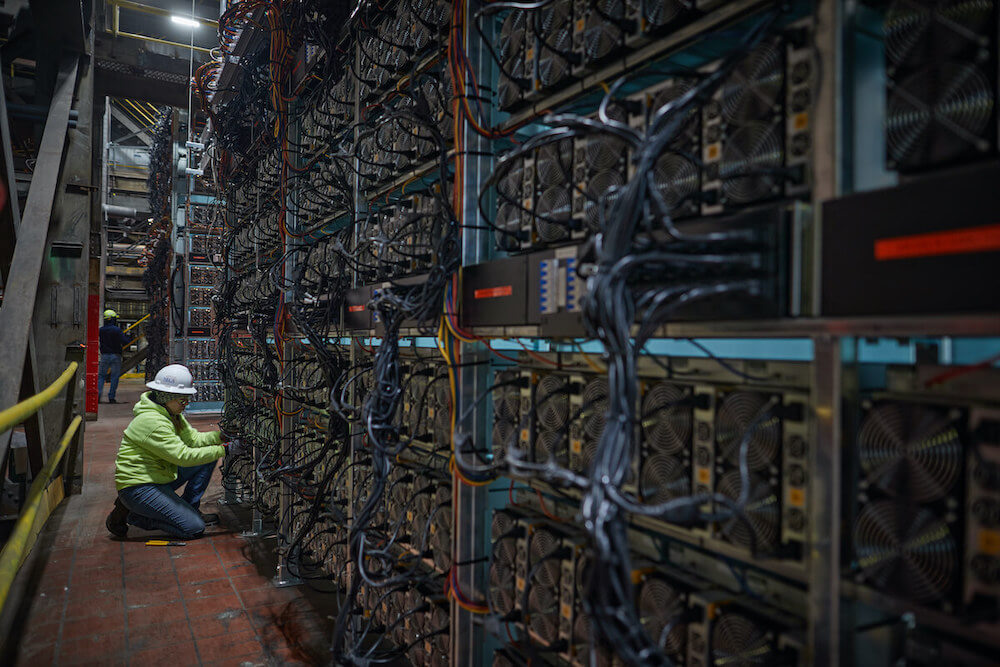Bitcoin mining is an incredibly resource-intensive process. So what better place to do it than an abandoned power plant? Well, as New York Focus reported this week, Finger Lakes environmentalists think the answer is “pretty much anywhere else.”
The conflict revolves around a power plant on New York’s Seneca Lake called Greenidge. The company’s website says the plant was opened in 1937, shuttered in 2009 and purchased by new owners in 2014. Those owners started mining Bitcoin in 2019.
New York Focus reported that Greenidge plans “to quadruple the power used to process Bitcoin transactions by late next year” as the cryptocurrency’s value soars. Environmentalists fear those plans would lead to dangerously high CO2 emissions.
This isn’t a new concern. Researchers have warned about the environmental implications of cryptocurrency mining for years, claimed that Bitcoin uses more electricity than all of Argentina each year and said the increasing popularity of Bitcoin mining could prevent countries like China from meeting their climate goals.
Yet, those warnings have often been ignored as Bitcoin’s value has risen. That’s unlikely to stop now that the cryptocurrency has a $1 trillion market cap and recently saw its price rise to an all-time high as the Coinbase trading platform went public.
Bitcoin’s defenders often claim that it’s hard to measure the cryptocurrency’s effect on global warming because every mining operation is different. Some could use the cleanest energy sources available; others might be as pollutant as they get.
This is where local conflicts like this come in. New York Focus pointed to the same numbers environmental advocates are using to argue against the company’s plans for expansion.
”Last year, Greenidge’s GHG emissions were far below the plant’s annual allowance of 641,000 tons of CO2-equivalent gasses,“ the report said. “But as Greenidge ramped up Bitcoin transaction processing throughout 2020, its rolling 12-month GHG emissions average soared nearly tenfold, from 28,000 tons in January to 243,000 tons in December.”
Now imagine how things could worsen if Greenidge quadruples power usage as planned. There wouldn’t necessarily be a one-to-one increase, of course, but it’s not hard to figure out why local residents might oppose Greenidge’s expansion plans.
The other fear is that more power plants—which, by their very nature, have access to the massive amounts of electricity required to mine Bitcoin—might follow Greenidge in expanding into the cryptocurrency market.
It’s worth reading the full New York Focus report on Greenidge’s situation, especially if you live in upstate New York, but this should serve as a welcome reminder that Bitcoin’s rise has far greater implications beyond making crypto enthusiasts rich.
